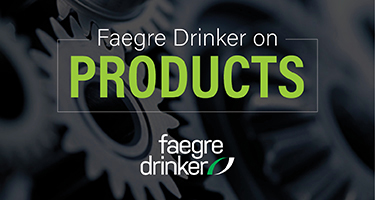It is virtually a law of legal physics in California that liability tends to expand until a critical mass of appellate courts rule that it has reached its limit, or the Supreme Court puts up a stop sign (a vanishingly rare occurrence).
This judicial tendency reaches its zenith in asbestos litigation. Asbestos cases feature a combination of factors that pressure-test the boundaries of traditional tort law. Asbestos fibers, in most cases, are relatively fungible, and the exposures are anecdotal and undifferentiated. The injuries have extremely long latency periods, leaving exposure details fuzzy, ancient lore. The biological mechanisms are largely mysterious. In many cases, the plaintiff can prove an asbestos injury but cannot reliably prove causation under traditional tort standards.

